Sparking Curiosity About STEM
 Photo by Joseph Rosales on Unsplash
Photo by Joseph Rosales on Unsplash
A monthly after-school activity guides students to have fun exploring science, technology, engineering, and math.
- 0 Comments
- Jan 26, 2021 10:00:00 AM
- Posted by Natalia Galvis
- Topics: EdTech, STEM, Curriculum, teachers, students, Technology, Edchat, Digital Technology, teaching, online, lessons, eLearning
Low-Tech Scientific Exploration for Students at Home
By Pete Barnes
A fifth-grade teacher shares ideas on how students can explore common phenomena with simple materials in and around their homes.
- 0 Comments
- Jan 25, 2021 10:00:00 AM
- Posted by Natalia Galvis
- Topics: EdTech, STEM, Curriculum, teachers, students, Technology, Edchat, Digital Technology, teaching, online, lessons, eLearning
Top Tips For Great Cross-Curricular Coding
BY EILEEN BELASTOCK

Photo by Christopher Gower on Unsplash
Coding offers myriad benefits for students, including increased critical thinking and problem-solving skills
- 0 Comments
- Jan 22, 2021 10:00:00 AM
- Posted by Natalia Galvis
- Topics: EdTech, STEM, Curriculum, teachers, students, Technology, Edchat, Digital Technology, teaching, online, lessons, eLearning
The Best Ways for STEM Students to Back Up Their Projects
By Devin Partida
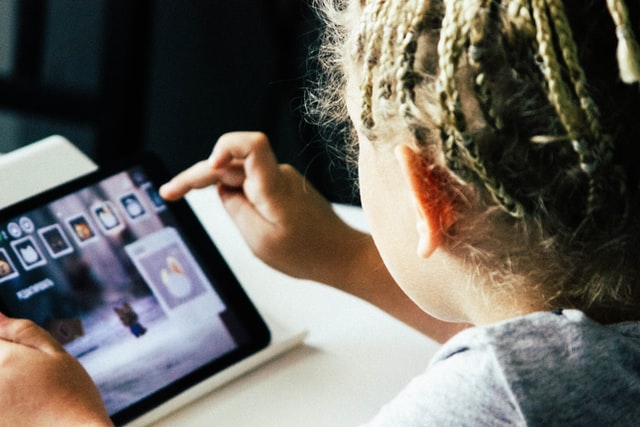 Photo by Igor Starkov on Unsplash
Photo by Igor Starkov on Unsplash
STEM education is experiencing something of a golden age. Enrollment in STEM programs has increased by 26% since 2000, and educators have more resources at their disposal than ever. As students engage in more complex, high-tech projects, it becomes increasingly crucial that they back up their files.
Gone are the days of paper documents. Most school work today takes place electronically. Although convenient, this comes with some risks. Factors like dropped internet connections, corrupted hard drives, and malware can all compromise students’ files. If they don’t want their hard work to vanish unexpectedly, they need to back it up.
Thankfully, there’s an abundance of backup strategies students can use. Here are five of the best options.
- 0 Comments
- Jan 21, 2021 10:00:00 AM
- Posted by Natalia Galvis
- Topics: EdTech, STEM, Curriculum, teachers, students, Technology, Edchat, Digital Technology, teaching, online, lessons, eLearning
Why Robotics Are Important In The Classroom
By Katherine Rundell
Robotics is one of the newest subjects in today’s schools, and many who grew up without it might question why it is useful to teach to children these skills. After all, building robots may seem like quite a small niche – though actually, the robotic world is growing at an incredible rate, and learning about it will massively benefit today’s children as they come to enter the workforce. Building a robot requires students to utilize totally different skills to those which might be used in a normal classroom setting.
- 0 Comments
- Jan 20, 2021 10:00:00 AM
- Posted by Natalia Galvis
- Topics: Robotics, EdTech, STEM, Curriculum, teachers, Robots,, students, Technology, Edchat, Digital Technology, teaching, online, lessons, eLearning
Will Robots be Good Teachers?
By Tiffany Harper
People have long been fascinated by how robots work. And as technology is improving, it also offers new development opportunities for the robotics industry. There are already robots that are considered the future of logistics, while others are used to welcome and greet patients at many hospitals.
But according to the best paper writing service, robots could make their entry in the educational domain too.
- 0 Comments
- Jan 19, 2021 10:00:00 AM
- Posted by Natalia Galvis
- Topics: Robotics, EdTech, STEM, Curriculum, teachers, Robots,, students, Technology, Expeditions, Edchat, Digital Technology, teaching, online, covid19, lessons, eLearning
Robots as Learning Companions During a Pandemic
By Tiffany Harper
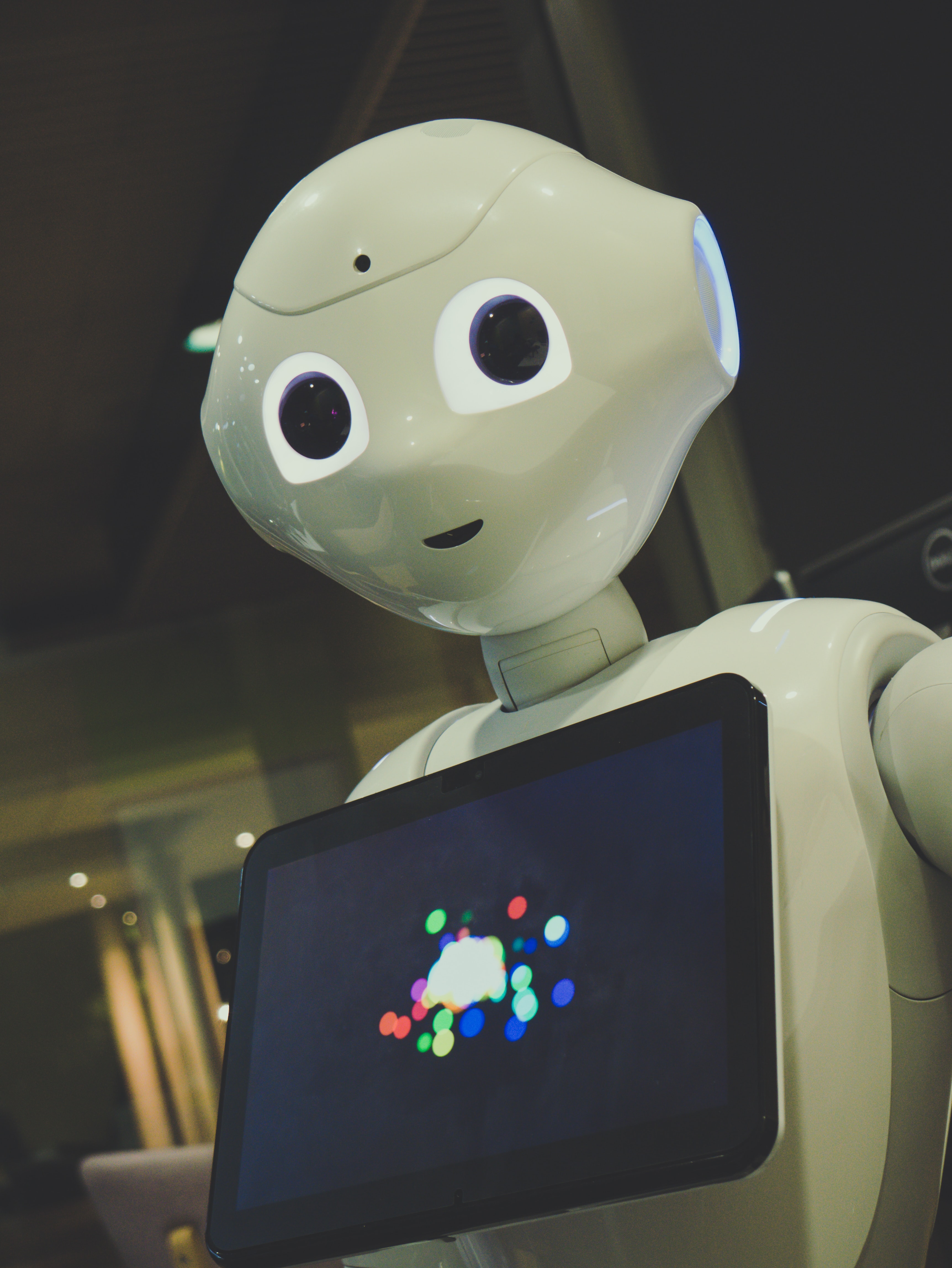 Photo by Owen beard unsplash
Photo by Owen beard unsplash
There have been many consequences of the COVID-19 pandemic already. The concept of social distancing was nonexistent before the pandemic, but it's something that we all have to live and work by now. Everybody is now subjected to the use of a nose mask while also trying to keep a distance of 6 feet from the persons around them. It’s a lot to live by, yet the world has not changed.
Industries and companies have responded to the gap which Covid creates in different ways. People that can afford to work remotely are working remotely, but then goods delivery has to continue, someone needs to clean the workplaces, and people need to receive medical attention. All of these require close interaction that the world can’t afford now, thanks to the virus. That’s why the world is now turning to robots to fill the void.
- 5 Comments
- Jan 15, 2021 10:00:00 AM
- Posted by Natalia Galvis
- Topics: Robotics, EdTech, STEM, Curriculum, teachers, Robots,, students, Technology, Expeditions, Edchat, Digital Technology, teaching, online, covid19, lessons, eLearning
3 Ways VR Can Be Used In Modern Education
By Nancy Howard

VR has a significant impact on educational processes: only through this technology can students safely and in detail, see what they are learning, from the decay of atoms to extinct organisms. According to analysts at ABI Research, by 2022, the global market for VR-learning will grow to a total of $6.3 billion. As early as the end of 2018, virtual technology has been implemented in 18% of U.S. curricula. Let's take a look at how VR is used to enhance educational processes.
- 1 Comments
- Jan 14, 2021 10:00:00 AM
- Posted by Natalia Galvis
- Topics: EdTech, STEM, Curriculum, teachers, students, Technology, Expeditions, VR, Edchat, Digital Technology, teaching, online, Virtual Reality, lessons, eLearning
RobotLAB UVD Disinfection Robot!
Today, I want to share with you one of the best robots on the market, the UVD robot that is using UVC light in order to disinfect the spaces. Check the video below!
- 0 Comments
- Jan 13, 2021 10:00:00 AM
- Posted by Natalia Galvis
- Topics: EdTech, STEM, Curriculum, teachers, students, Technology, Edchat, Digital Technology, teaching, online, disinfection robots, lessons, cleaning, eLearning, UVD
5 Main Roles of Artificial Intelligence in Education
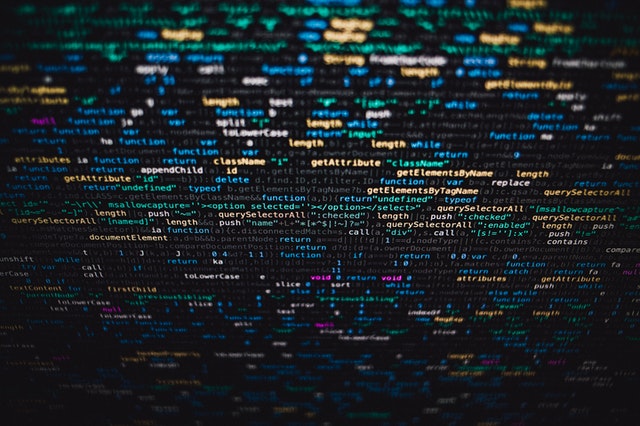 Photo by Markus Spiske from Pexels
Photo by Markus Spiske from Pexels
Artificial intelligence plays an integral role in education. As schools become more technologically equipped, artificial intelligence helps keep young people engaged. It is reimagining the way we do things and is allowing us to reach our full potential.
The main reason why artificial intelligence has been introduced in education is that it helps personalize and strengthen the learning experience. It provides each learner with additional information when they have difficulty with a topic.
If you are new to artificial intelligence and want to know about its role in education, you will find this post to be insightful. It discusses its 5 main roles to help you get a better idea about its capabilities.
Let’s dive in.
- 0 Comments
- Jan 12, 2021 10:00:00 AM
- Posted by Natalia Galvis
- Topics: EdTech, STEM, Curriculum, teachers, students, Technology, Edchat, Digital Technology, teaching, online, lessons, eLearning
Relevant Posts
Popular Posts
Subscribe to Email Updates
-
I Want To Learn MoreADDITIONAL INFORMATION


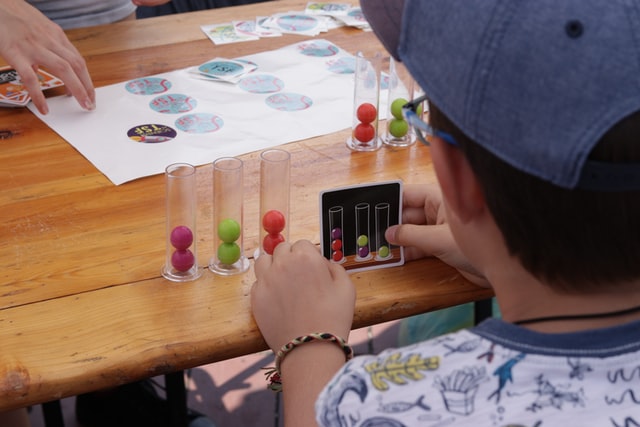 Photo by
Photo by 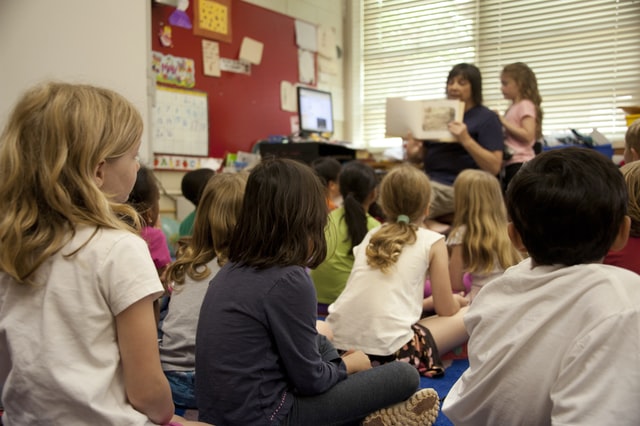 Photo by
Photo by 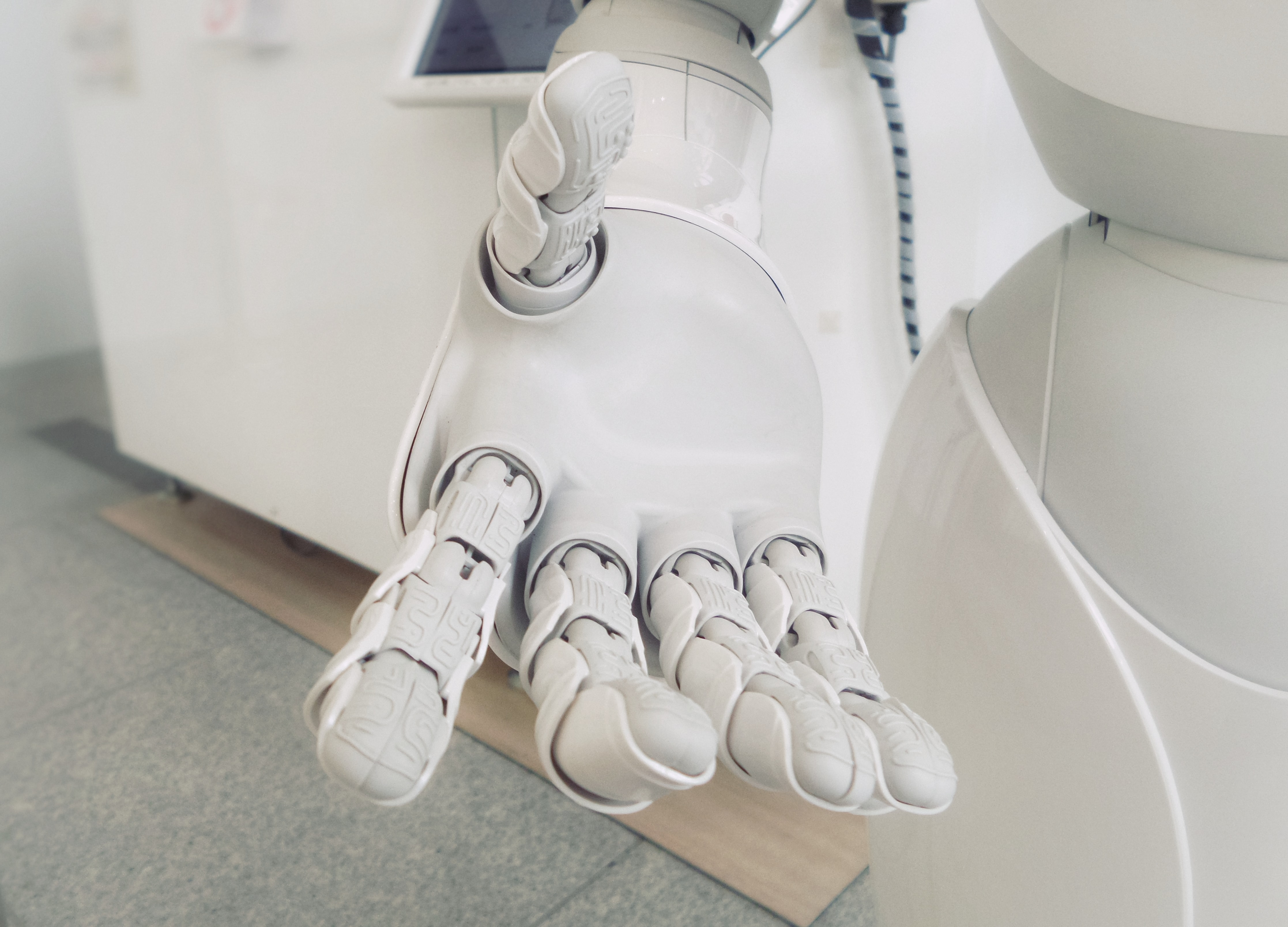 By
By 
